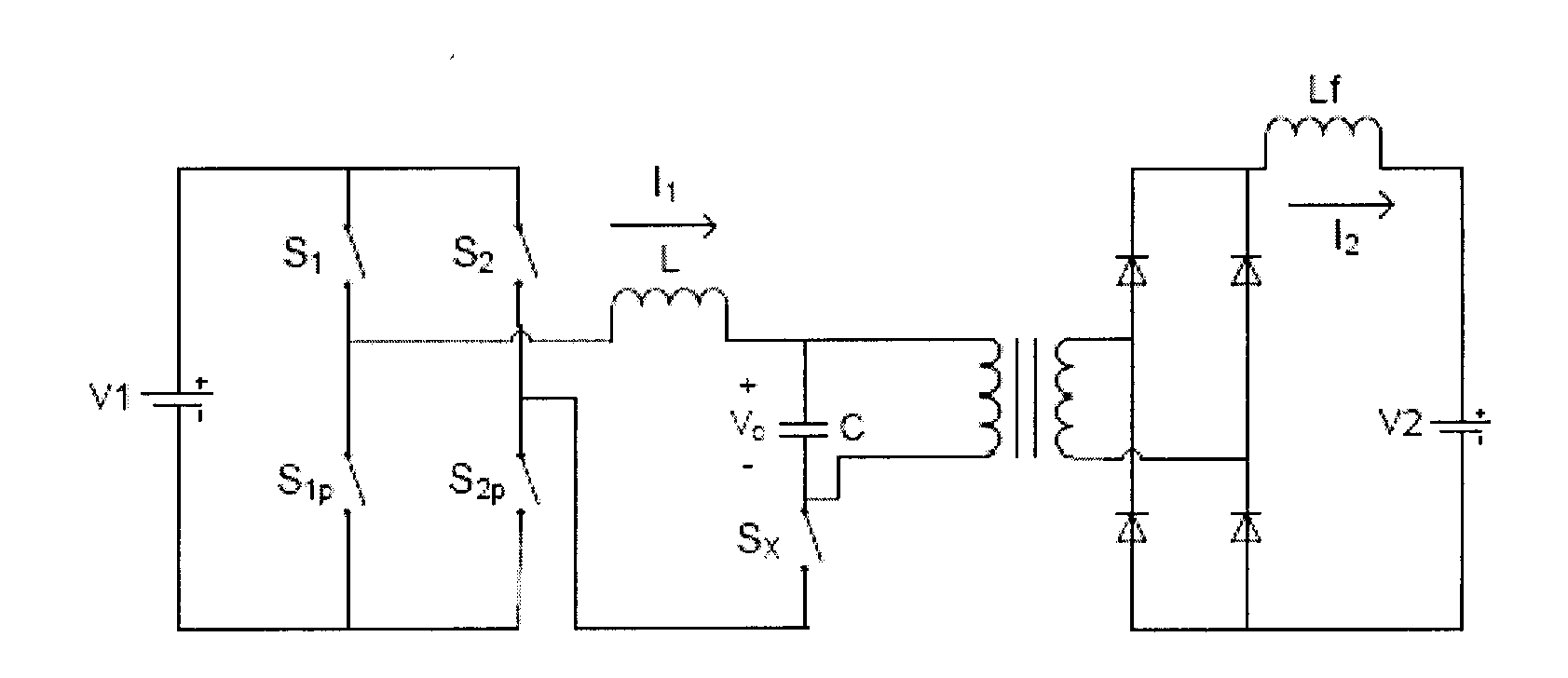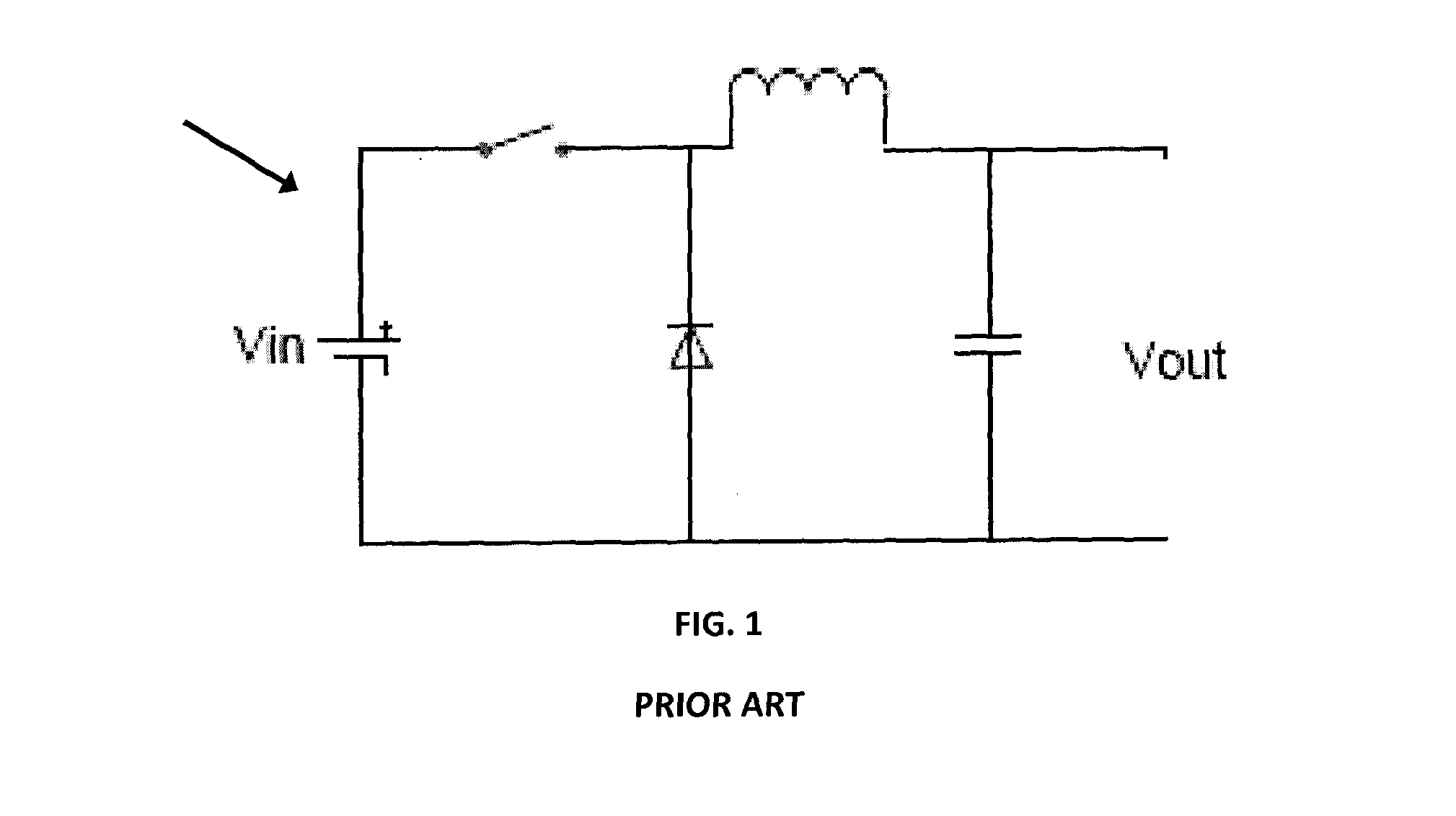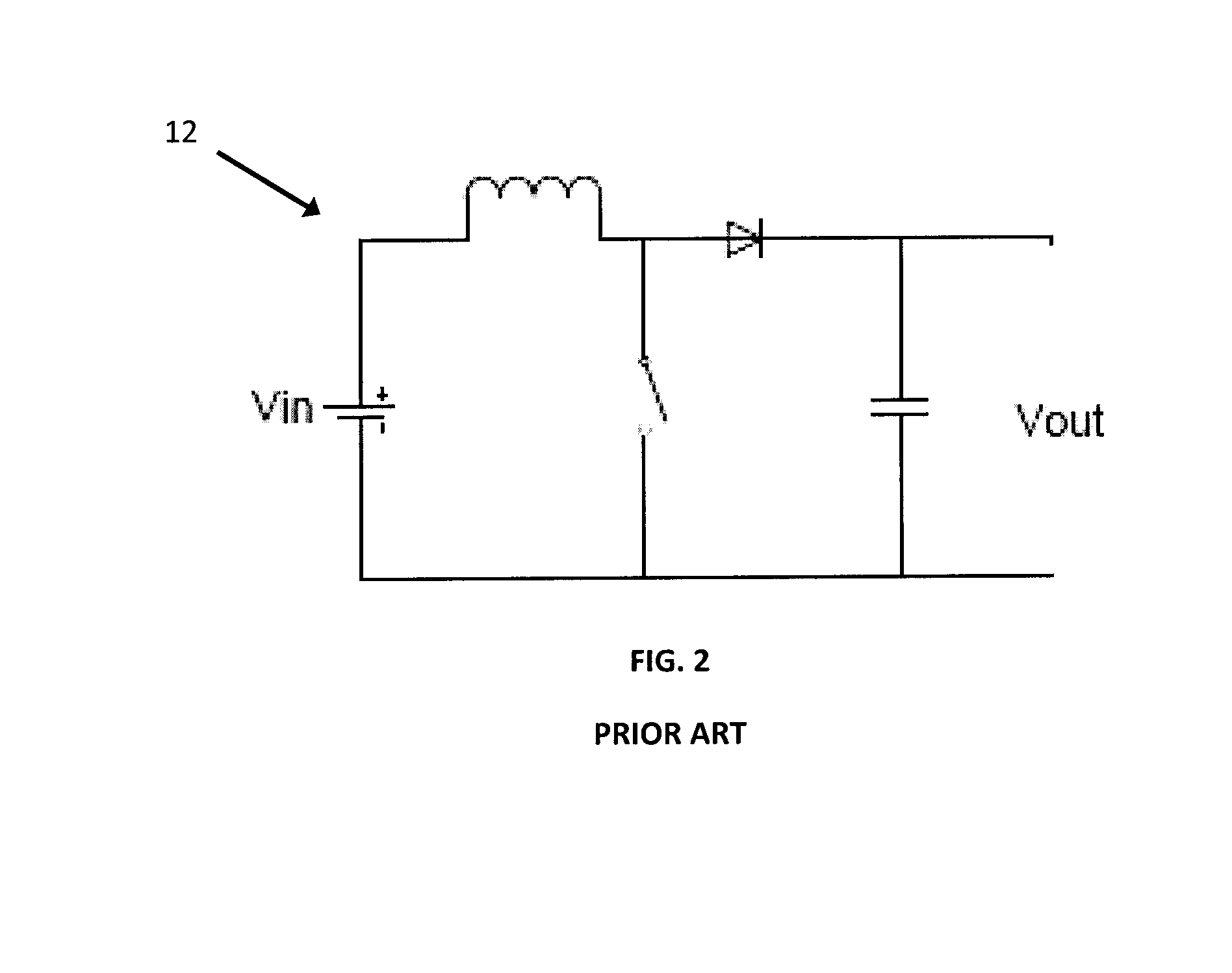Dc-dc converter circuit using an llc circuit in the region of voltage gain above unity
a dc-dc converter and voltage gain technology, applied in the direction of efficient power electronics conversion, electric variable regulation, instruments, etc., can solve the problems of loss of efficiency, lack of galvanic isolation, and less than optimal efficiency of resonant circuits, so as to improve the controllability of dc-dc converters and minimize the effective voltage gain of resonant circuits
- Summary
- Abstract
- Description
- Claims
- Application Information
AI Technical Summary
Benefits of technology
Problems solved by technology
Method used
Image
Examples
Embodiment Construction
[0077]The present invention describes a number of innovations related to the subject matter of the Base Application. The present invention includes (A) a novel and innovative resonant DC-DC converter that employs a high boost resonant tank to enable power flow control between externally determined input and output voltages using frequency control, with or without use of an interrupt switch (the “Improved DC-DC Converter”), (B) a method of operating a resonant DC-DC converter to achieve high boost resonant tank operation, which is suitable for improving the performance of resonant converters based on different topologies (“method of operation”), including but not limited to the Improved DC-DC Converter; and (C) a method for designing DC-DC converters (having different topologies) for improved performance using the method of operation (“design method”). The design method includes identification of circuit design parameters that enable use of the method of operation. Performance improv...
PUM
 Login to View More
Login to View More Abstract
Description
Claims
Application Information
 Login to View More
Login to View More - R&D
- Intellectual Property
- Life Sciences
- Materials
- Tech Scout
- Unparalleled Data Quality
- Higher Quality Content
- 60% Fewer Hallucinations
Browse by: Latest US Patents, China's latest patents, Technical Efficacy Thesaurus, Application Domain, Technology Topic, Popular Technical Reports.
© 2025 PatSnap. All rights reserved.Legal|Privacy policy|Modern Slavery Act Transparency Statement|Sitemap|About US| Contact US: help@patsnap.com



